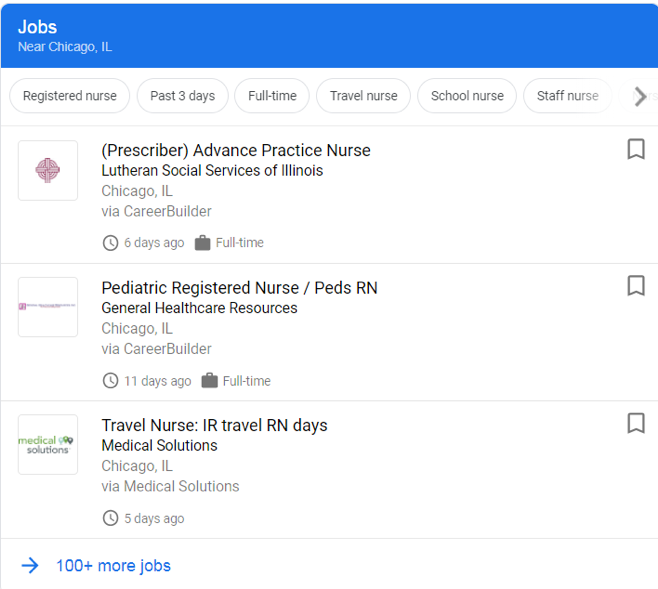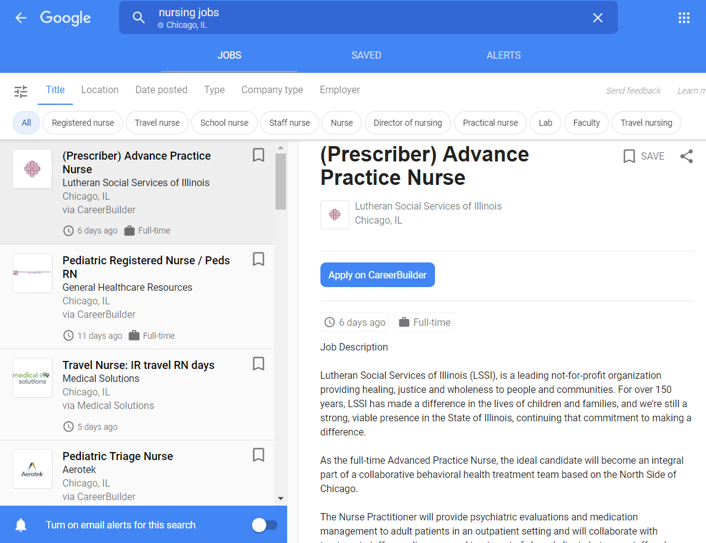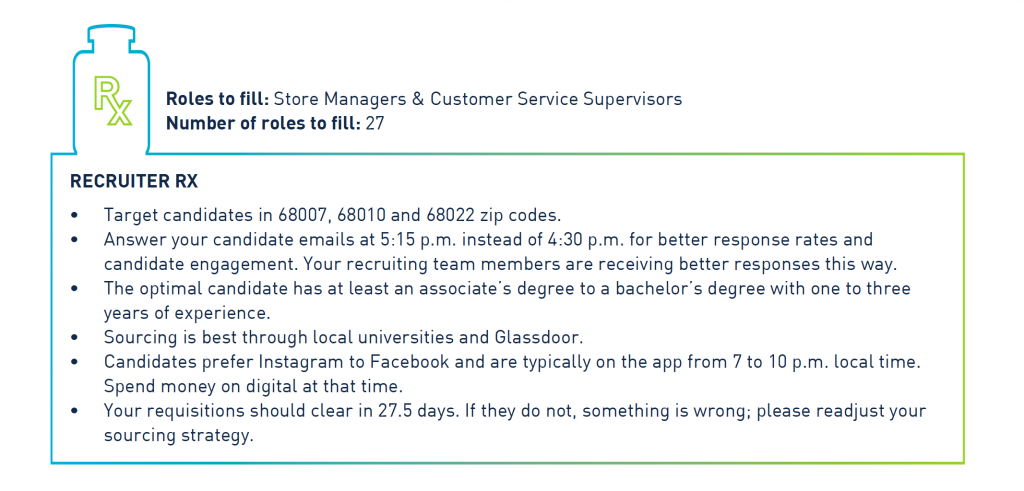The technology development cycle is accelerating at a pace that is hard to catch. New services, new devices, new products – it can be overwhelming. When I was exploring joining PeopleScout as the Leader of Technical Delivery, I knew the organization was keeping pace because of the modern architecture and skilled technical teams that were already in place.
At PeopleScout, we effectively manage our development cycle to produce products like Affinix, a talent technology platform built on the Amazon Web Services (AWS) cloud platform. We continue to reap the benefits from that foresight today. Our Affinix development team is located at our global headquarters in Chicago, and we have team members in Latin America, Costa Rica, Peru, Australia, Manila, India and Europe. Every day, around the world, our staff works together to release code for Affinix using AWS.
What is Amazon Web Services?
AWS became the cloud infrastructure arm for Amazon in 2006, when it began offering pay-as-you-go, infrastructure-as-a-service to businesses – now known broadly as cloud computing. AWS started selling cloud “instances” others could reserve when companies needed additional capacity. While AWS started first with public cloud compute (EC2), the company now offers more than 90 different services to clients ranging from storage to Internet of Things (IOT) applications. PeopleScout uses Elastic Cloud Compute Service (EC2), Simple Storage Service (S3), Lambda and other AWS services to power Affinix.
How AWS Makes Affinix Better
We chose AWS as the foundation for Affinix because it is the market leader in cloud infrastructure services. AWS invests more resources than its competitors, and is the leading innovator in this space.
When my team has to solve challenges, we have the independence and flexibility we need with AWS. Sometimes, with other providers, you are limited by what you can use due to license costs or contracts you can’t get out of. With AWS, we don’t have limitations in terms of other technologies or resources we want to use as part of the Affinix platform. We are free to use the right technology as we innovate and evolve Affinix.
Scale and Expansion
Most people have participated in an IT project that took way longer than expected. I think that is a shared experience. Why does that happen? Most delays trace back to scaling out infrastructure or hardware. In order to do this, you need permission to procure, select, configure, test and load balance infrastructure for each new project you launch. This is a huge undertaking, and can become an exhaustive process to complete.
AWS eliminates these steps, allowing us to scale our infrastructure through the cloud. If you don’t already understand how “the cloud” works, think about it as a utility – let’s say your water supply. Imagine one day your yard needs more water than usual; it has been extremely hot, so you run your water for a few hours instead of a few minutes. Even though your water supply is spiking more than average today, your sprinkler doesn’t stop working. You also don’t store water in your basement in giant, intimidating, wall-to-ceiling containers that sit below your deck waiting to be used. Why would you?
The public cloud is similar. Traditionally, companies have owned on-premise data centers full of expensive equipment that’s often underutilized. Alternatively, some companies rent part of a data center through third-party providers. This is more efficient than using your company’s on-premise location, but you still need to buy more infrastructure to prepare for peak usage. With AWS, we can turn computing and storage needs up or down virtually – without having to buy infrastructure to manage each project. With Affinix, we use AWS’s autoscale capabilities that allow us to set thresholds on capacity.
AWS is also a great partner for international expansion, offering regional and country-specific support for data residency, data sovereignty and certain region-specific compliance initiatives. Increased speed-to-completion is a factor here, too. Previously, it took months to bring a new international location online; now it takes a lot less time. For example, we just launched an Affinix instance in Europe. The rollout from start to finish took about a month. With traditional infrastructure and hardware, it would probably take three to six months.
Security & Compliance
Security is one of those topics that isn’t that interesting until it is. For us, security is critical because our brand reputation and our clients’ reputations are at stake if these issues are not handled correctly. The innovation AWS offers Affinix and our clients in this area – including data encryption, intrusion detection and firewalls, and much more – provides me with peace of mind.
AWS takes responsibility for the software services its clients use, as well as its hardware in various regions and zones through its Shared Responsibility Model. As a client of AWS, we manage operating systems, platforms and data.
After security, the next logical step to think about is compliance. I view compliance as a byproduct of security, or proof we are as secure as we say we are. AWS makes it very easy to be compliant. With giant regulatory projects such as the EU’s GDPR and the upcoming California Consumer Protection Act in 2020, we have encountered no problems using AWS.
Speed
AWS can dramatically reduce the cycle time it takes to launch an idea on our Affinix roadmap. We release code regularly – now more than once a day – by releasing very small software updates. The smaller the release, the easier it is to observe and react to quickly. If we see any issues, we can pull that code back. We do this by using AWS’s monitoring capabilities that track how every bit of code is performing. And, if one of these small releases isn’t performing correctly, we immediately roll it back and fix it; it is that easy.
This type of release cycle is extremely efficient. We can now take a giant collection of features and incrementally – and predictably – release them with improved speed throughout many days. Previously, development teams would wait three months for these types of results, using older software development methodologies generally referred to as “waterfall”-type processes. PeopleScout is an Agile development shop, meaning broadly that we focus on small, regular improvements at a faster pace. AWS aligns well with our philosophy.
Conclusion
Growing with AWS has made Affinix better – for our end-users, candidates, clients and PeopleScout. We are a more modern, innovative, tech-focused organization because of the AWS platform. AWS has created benefits for our internal teams, as well. Five years ago, our team was spending 50% of its time performing repetitive tasks related to infrastructure support. Today, because AWS manages the scaling of our hardware, international expansion and streamlined information security, our team has time to focus where we should focus – on new product development and ongoing Affinix innovation.





